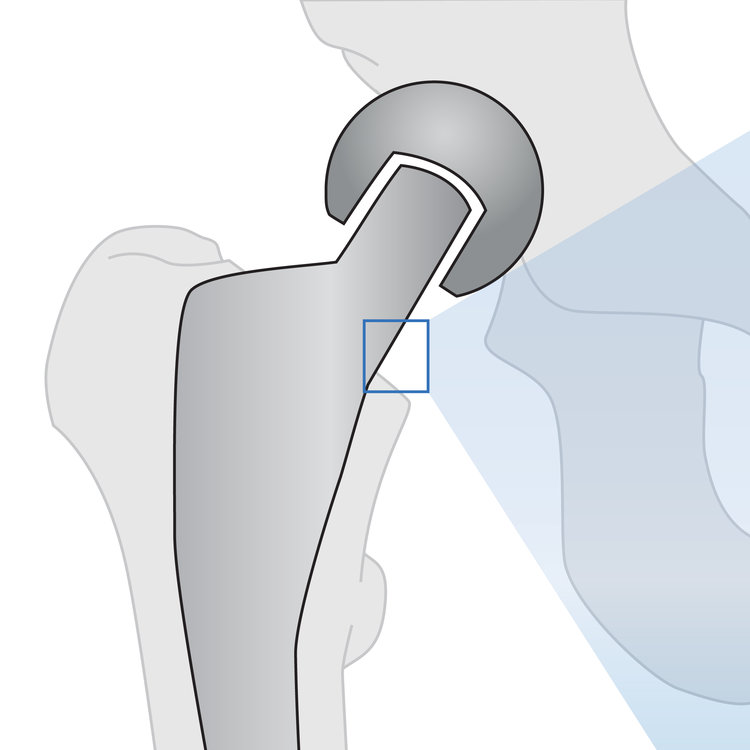


Since the 1970s, the Federal Drug Administration has classified metal-on-metal implants as “high risk.” But through the premarket notification 510(k) process, in which any new device that is “substantially equivalent” to an existing device can be sold to the public without the FDA’s premarket approval, many metal-on-metal products made their way to consumers without adequate testing. However, metal-on-metal hip implants may cause recipients more harm than help. Metal-on-metal (MoM) hip replacements, in particular, have been promoted since the 1990s under the theory that they can stand more wear and tear, and allow a patient to regain a more active lifestyle. Hip replacement has been touted as the ultimate solution for people suffering from hip pain in the United States.

Blog home Product Liability What Can Go Wrong With a Metal Hip Implant? What Can Go Wrong With a Metal Hip Implant?īy Jason Bottlinger on September 30, 2018


 0 kommentar(er)
0 kommentar(er)
